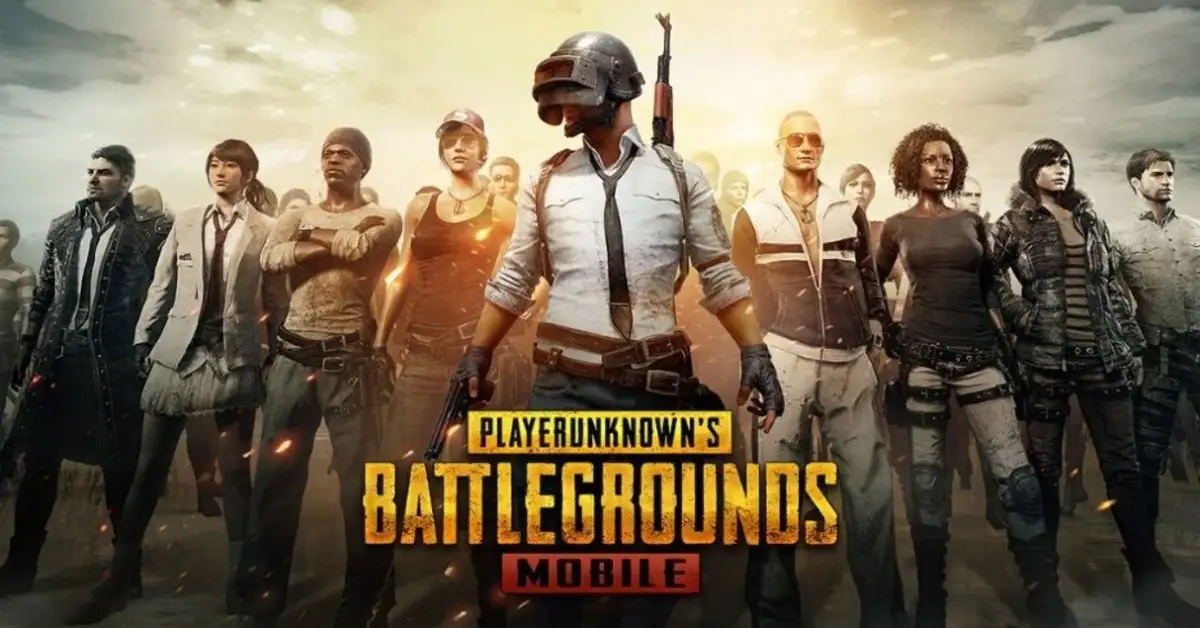PlayerUnknown’s Battlegrounds, commonly referred to as PUBG, has taken the gaming world by storm since its release in 2017. The game is a pioneer in the battle royale genre, providing an exhilarating experience that combines survival instincts, strategic gameplay, and intense competition. With millions of players worldwide, PlayerUnknown’s Battlegrounds not only redefined multiplayer gaming but also reshaped the way developers approach the creation of online gaming experiences.
In this blog post, we will delve into various aspects of PlayerUnknown’s Battlegrounds, exploring its development, gameplay mechanics, regional influence, community engagement, and future prospects. This thorough examination aims to provide insights into why PUBG remains such a significant player in the gaming industry as well as how it continues to innovate and evolve.
The Birth of PlayerUnknown’s Battlegrounds
The origins of PlayerUnknown’s Battlegrounds are rooted in the creativity and vision of For888 game designer Brendan Greene, known as “PlayerUnknown.” His journey into the gaming world began with modding existing games, particularly ARMA and DayZ. This section will look at how these early experiences laid the foundation for PUBG’s development.
The Influence of Mods
Brendan Greene’s initial foray into game design was inspired by his passion for survival games. The mods he created for ARMA and DayZ offered players the chance to engage in large-scale, open-world combat scenarios.
These mods quickly gained popularity, highlighting the potential for a standalone battle royale game. They showcased vast, expansive maps, survival mechanics, and player-versus-player interactions that encouraged tactical gameplay.
As Greene watched players navigate these areas, he recognized the need for a dedicated platform where these concepts could be embraced fully. The evolution from mod to independent game became a natural progression, leading to the inception of PUBG.
The Game Development Process
Once PUBG was conceptualized, the development process began in earnest. Brendan Greene collaborated with the South Korean company Bluehole Studios (now part of Krafton) to bring his vision to life.
The development team faced numerous challenges, including creating a vast, immersive environment and ensuring the game mechanics were engaging yet balanced. The game relied on Unreal Engine 4, which allowed for stunning visuals and dynamic environments that added depth to the gameplay experience.
Greene and the team spent countless hours refining game mechanics, testing different weapon types, and balancing player abilities. Their dedication paid off when PlayerUnknown’s Battlegrounds was released in Early Access on March 23, 2017, allowing players to begin their journey in the battlegrounds.
The Initial Reception
From the moment of its release, PlayerUnknown’s Battlegrounds received overwhelmingly positive feedback. Players were captivated by the unique blend of tension and adrenaline that came from being dropped onto an island filled with other players, each fighting to be the last person or team standing.
The game’s popularity soared as it attracted millions of players within just a few months, surpassing records for concurrent players on platforms like Steam. The community quickly formed around the game, sharing strategies, tips, and entertaining moments through streaming services like Twitch and YouTube.
PUBG soon established itself as not just a game but a cultural phenomenon. Its influence can be seen in countless other titles that followed in its wake, further solidifying its place in the gaming landscape.
